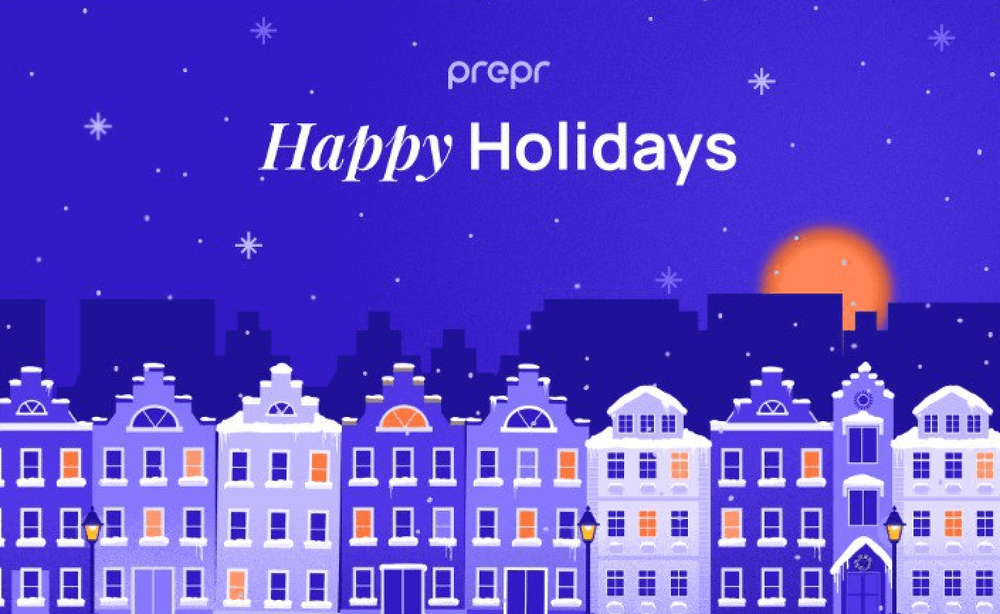When does the Christmas season officially start for you?
For me, Christmas has always been a special time filled with joy and family. Being born in December, I’ve always loved this month—not just for my birthday, but because it’s when my family comes together to celebrate. As a true Italian, our holidays revolve around spending time together, playing games, and, of course, eating from morning till night!
In Italy, Christmas usually kicks off right after November 1st, All Saints’ Day, since Halloween isn’t very popular. Now that I live in Holland, my experience has shifted. Here, the holiday season begins much earlier, thanks to Sinterklaas on December 5th, which feels like an early version of Christmas. As a Christmas enthusiast, I couldn’t be happier to embrace the extended holiday season—after all, as they say, “When in Rome (or Holland), do as the locals do!”
Reflecting on traditions like Sinterklaas has made me realize how Christmas—and the way it’s celebrated—varies so much across cultures. For businesses, tapping into this diversity can be both an opportunity and a challenge since in today’s digital world, customers expect experiences tailored to their unique traditions, preferences, and needs. A one-size-fits-all approach no longer works.
As we discussed in our article on making Halloween special through personalization, understanding cultural nuances is key to engaging with global audiences.
So how can businesses do the same during the holiday season?

The challenge of connecting with a global audience
The holiday season is celebrated in many ways across the world—it’s far from a “one-size-fits-all” event. Here are just a few examples of how traditions differ:
- In the Netherlands, Sinterklaas (Saint Nicholas) arrives on December 5th, bringing gifts for children. The festivities include parades, songs, and treats like pepernoten (spiced cookies).
- In Italy, Christmas is deeply rooted in religious traditions, leading up to the Feast of the Epiphany on January 6th. Apart from Santa Claus, children look forward to gifts from La Befana, a kind witch, while family feasts feature panettone, torrone (nougat), and other regional dishes.
- In Japan, Christmas is more about romance and fun. Extravagant light displays, romantic dinners, and the quirky tradition of eating fried chicken—popularized by a KFC campaign—define the season.
- For Jewish families, Hanukkah, the eight-day Festival of Lights, includes lighting the menorah, playing dreidel, and enjoying fried foods like latkes and sufganiyot (Israeli donuts) .







